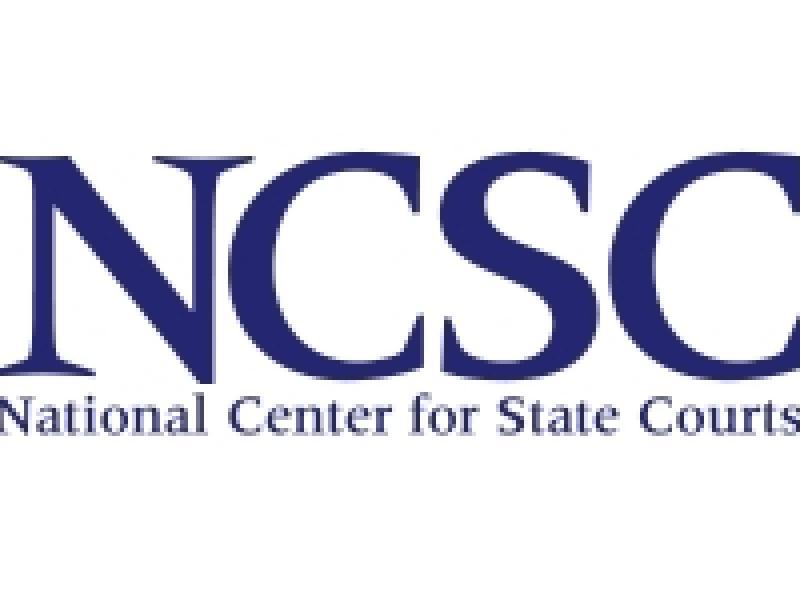
Document Author(s):
Year Published:
Region:
Tags:
Report: Building A Litigant Portal: Business and Technical Requirements (NCSC 2015)
With funding from State Justice Institute, Thomas Clarke of the National Center for State Courts assembled two advisory committees – one to develop the business requirements for a litigant portal, and another to examine the technical requirements necessary for a litigant portal. These meetings began in early 2015 and this report shares the commitees' findings. Katherine Alteneder and John Greacen of SRLN participated as committee members as did various TIG grantees, court administrators, legal aid organizations, academics, access to justice commission leaders, law schools, and leading legal technologists.
Though organization-specific websites and portals publish a vast amount of information intended to help potential litigants overcome the barriers of cost and complexity, the need continues to outweigh the solutions by a significant margin. The Legal Services Corporation (LSC) published a path breaking report in 2013 outlining five strategies that could help jurisdictions narrow the gap. These five strategies include the creation of statewide legal portals, the provision of document assembly capabilities, access by mobile devices, use of business process analysis, and the application of expert systems and intelligent checklists.
Because there are so many resources already available to potential litigants, this project focused on goals to point litigant portal developers to a different and complementary target than existing information. The committees also concentrated on a small number of goals in order to have clear objectives that were not too diffuse. The report suggested ways a portal would support the overall goal expressed by both the Legal Services Corporation and the Consortium of Chief Justices to provide appropriate assistance to 100% of civil litigants:
- Increased assistance for legal problems
- Improved integration of self-help resources
- Improved focus on potential litigants
- Increased use of non-traditional resources
As next steps, the report recommended the following key actions to move the litigant portal concept forward:
- Identify a small number of core case type paths for the portal that account for a significant proportion of the total paths that users seek.
- Establish technical standards for the interfaces and messages between the portal modules and the provider systems (possibly within OASIS LegalXML8).
- Establish a public/private technical consortium to work on technical standards, leverage the capabilities of existing portal pilots, and carry out a prototype development and implementation project.
The full report can be accessed here in the NCSC's research library or via the attachment.